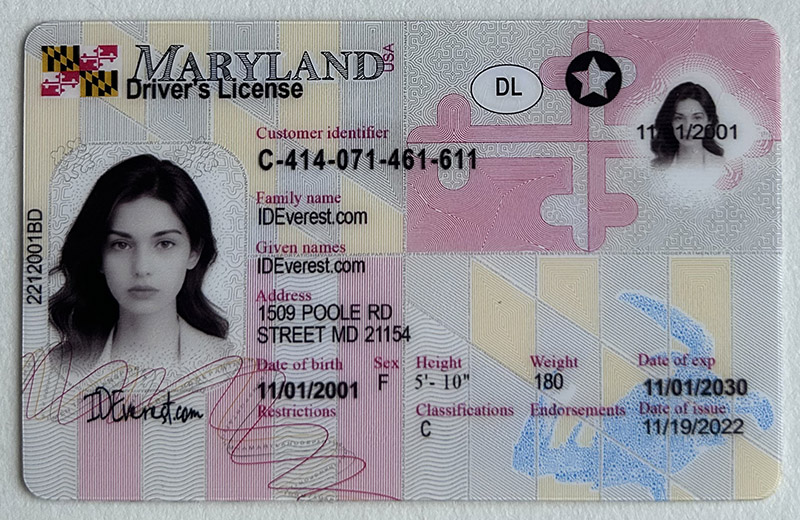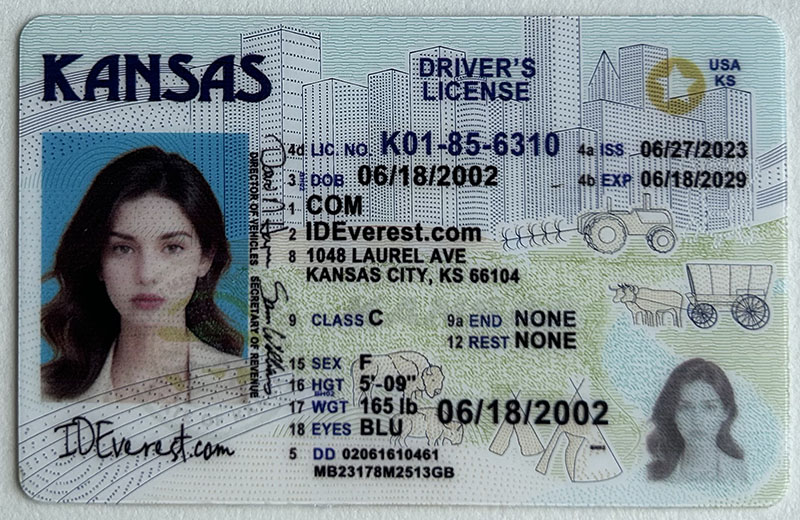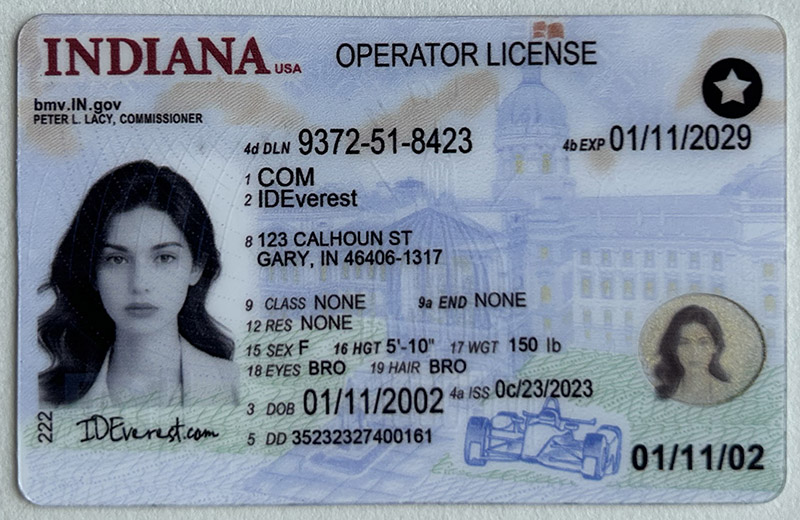do fake ids work onlin
The Reality of Fake IDs Online: An In-Depth Analysis
Introduction
In today's digital age, the demand for fake IDs has skyrocketed. Whether it's underage individuals trying to gain entry into age-restricted venues or people looking to bypass various identity checks, the allure of obtaining a fake ID online is strong. But does this underground market truly deliver on its promises? This article dives deep into the world of fake IDs, examining their effectiveness, characteristics, user experiences, common issues, and the associated risks.
Product Overview
Fake IDs, or counterfeit identification documents, are typically produced to resemble legitimate government-issued IDs, such as driver's licenses or passports. These fake IDs are often used to deceive age-restricted institutions, such as bars, clubs, or liquor stores, or to bypass other forms of identity verification. The rise of e-commerce has made it easier for individuals to purchase these fake IDs online from various vendors.
Online fake ID vendors usually offer a wide array of options, mimicking IDs from different states or countries, often boasting about their high-quality materials, scannable barcodes, holograms, and other security features. However, the question remains: do these fake IDs truly work as advertised?
Key Features of Online Fake IDs
Visual Similarity to Real IDs: High-quality fake IDs are designed to look almost identical to genuine IDs. They replicate the design, font, color schemes, and layout of real identification cards. Vendors often advertise their attention to detail, claiming that their IDs are indistinguishable from the real thing.
Scannable Barcodes and Magnetic Strips: To pass security checks, many fake IDs come equipped with scannable barcodes and magnetic strips. These features are meant to allow the IDs to be read by electronic scanners, which are often used in bars and clubs to verify age.
Holograms and Watermarks: To enhance the authenticity, some fake IDs include holograms, watermarks, and other embedded security features that are common in legitimate IDs. These details are crucial in helping the ID pass casual visual inspection.
Customizable Information: Buyers can typically choose the state or country of issuance, the name, address, date of birth, and other personal information to be displayed on the fake ID. This customization allows for a tailored approach, making it easier for users to pass as someone else.
Discreet Shipping: Given the illegal nature of fake IDs, vendors often promise discreet packaging and shipping to avoid detection by law enforcement or customs.
Common Questions About Fake IDs
Are Fake IDs Legal?No, fake IDs are illegal in most jurisdictions. Possessing, using, or manufacturing a fake ID can result in severe legal consequences, including fines, community service, and even imprisonment.
Do Fake IDs Actually Work?The effectiveness of a fake ID depends on various factors, including the quality of the ID, the vigilance of the establishment, and the technology used for ID verification. While some fake IDs may work in low-security environments, many will not hold up under close scrutiny or in establishments with advanced scanning technology.
Can Fake IDs Be Detected?Yes, fake IDs can be detected, especially with the increasing use of sophisticated ID scanning and verification systems. These systems can cross-check the information on the ID with databases, detect anomalies in barcodes or magnetic strips, and identify discrepancies in holograms or watermarks.
What Are the Risks of Using a Fake ID?The risks of using a fake ID are significant. Beyond the legal repercussions, there is the potential for identity theft if personal information is provided to an unscrupulous vendor. Additionally, if caught, the user could face embarrassment, loss of reputation, and long-term consequences such as a criminal record.
User Reviews and Experiences
User experiences with fake IDs vary widely. Some report successful use in low-risk environments, while others have encountered significant issues. A few common themes from user feedback include:
Mixed Success Rates: Some users claim that their fake IDs worked flawlessly in certain bars or clubs, particularly those with less stringent security measures. However, others reported immediate detection and confiscation of their IDs, often accompanied by legal repercussions.
Quality Discrepancies: The quality of fake IDs can vary significantly between vendors. Some users praised the high quality of their IDs, noting that they closely resembled the real thing, while others were disappointed by the poor craftsmanship, with IDs that looked fake or failed to scan.
Scams and Fraud: Unfortunately, the fake ID market is rife with scams. Many users have reported paying for IDs that never arrived or receiving products that were far inferior to what was advertised. Some also experienced issues with identity theft after providing personal information to vendors.
Customer Service Issues: Given the illicit nature of the business, customer service is often poor or nonexistent. Users have reported difficulties in getting refunds or replacements, with some vendors disappearing after receiving payment.
Common Issues and Solutions
- Problem: ID Not Scanning
- Solution: This issue is often due to poor-quality barcodes or magnetic strips. Some users have found success by trying their fake ID at different establishments, as not all scanners are equally effective. However, if the ID consistently fails to scan, it may indicate a low-quality product.
- Problem: ID Looks Fake
- Solution: If the fake ID looks obviously fake, there is little that can be done. Users should be wary of vendors that do not provide samples or guarantees of quality. In some cases, paying a higher price for a premium ID from a reputable vendor can make a difference, though this still carries risks.
- Problem: ID Confiscated
- Solution: If a fake ID is confiscated, there is little recourse. Attempting to retrieve it could lead to legal trouble. Users should consider the loss a learning experience and refrain from trying to use another fake ID in the future.
- Problem: Legal Trouble
- Solution: If caught using a fake ID, the best course of action is to cooperate with authorities. Legal representation should be sought immediately, and the individual should be prepared to face potential consequences. Depending on the jurisdiction, legal penalties can vary, so understanding local laws is crucial.
Conclusion
In conclusion, while the allure of obtaining a fake ID online can be strong, the risks and potential consequences far outweigh the benefits. The effectiveness of fake IDs is inconsistent, with many failing to pass even basic checks. The market is also fraught with scams, poor-quality products, and legal dangers. Users should be aware that even if a fake ID works in some situations, the potential for long-term negative consequences is significant.
For those considering purchasing a fake ID, it's important to weigh the potential risks against the temporary benefits. While the idea of bypassing age restrictions may seem appealing, the reality is that the use of fake IDs is illegal and dangerous, both legally and personally. The safest and most responsible choice is to abide by the law and wait until one is of legal age to engage in age-restricted activities.
 FloridaFake ID
FloridaFake ID
 Scannable Fake Maryland Driver
Scannable Fake Maryland Driver
 Scannable Fake Kansas Driver L
Scannable Fake Kansas Driver L
 Scannable Fake Indiana Driver'
Scannable Fake Indiana Driver'